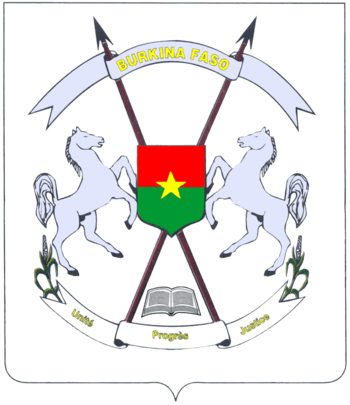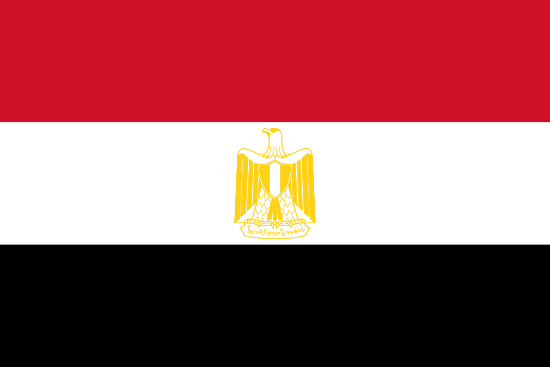Burkina Faso Overview
Burkina Faso, formerly the Upper Volta, is a state in West Africa, bordering Benin, Ivory Coast, Ghana, Mali, Niger and Togo. Burkina Faso consists mostly of savannah and three large rivers flow through the country: Mouhoun, Nazinon and Nakambe.
| Capital: | Ouagadougou |
| Biggest city: | Ouagadougou |
| State: | republic |
| Language: | French |
| Religion: | indigenous religions, Islam |
| Surface: | 274 200 km² |
| Population: | 17.8 million (2013) |
| Population density: | 57 residents per km² |
| Life expectancy: | 53 years |
| Illiteracy: | 78% |
| Currency: | CFA franc (XOF) 1 CFA franc = 0.01 kr |
| GDP per capita: | $ 1,300 (2010) |
| Time difference: | -1 hour |
| Electricity: | 220/380 V AC, 50Hz |
| National Day: | December 11th |
| Country area code: | 226 |
| 2-Letter country abbreviation: | BF (See more abbreviations on Abbreviationfinder) |
| Business: | agriculture 87%, service sector 9%, industry 4% |
| Climate: | tropical, with hot, dry winters and hot, humid summers |

From the 13th century, several kingdoms were formed by, among others, the Mossi people around the rivers. During the 1890s, the area was conquered by the French and in 1897 it was incorporated into French West Africa. In 1919, the Upper Volta became its own French colony. The colony was divided 1932-1947. In 1958, the Upper Volta became a state associated with France, and in 1960 an independent republic.
In 1966, the first president Maurice Yaméogo was deposed by General Sangoulé Lamizana. Twice Lamizana tried to introduce multi-party systems with free elections but failed. In 1980, Lamizana was overthrown and Seye Zerbo took power. In 1983, Army Captain Thomas Sankara seized power through a bloody military coup and embarked on a series of reforms for health care, education and business development. In 1984, Sankara changed the country’s name to Burkina Faso.
Sankara also initiated foreign policy approaches to some of the neighboring countries, including Ghana. In 1987, Captain Blaise Compaoré carried out a new coup and took control of the country. During the coup, Thomas Sankara was killed. In 1991 a new constitution was adopted. In 1992, democratic elections could be held. Burkina Faso’s border areas have become haunted by rebels from Liberia and Côte d’Ivoire. Côte d’Ivoire’s government accuses Burkina Faso of supporting the rebels.
WORLD HERITAGE
The following objects in Burkina Faso are inscribed on the UNESCO World Heritage List.
The year in which the item was added to the list is indicated in parentheses.
- The Ruins of Loropéni (2009)
ELECTRICAL OUTLET
Electricity and electrical outlets in Burkina Faso
Voltage: 220 V
Frequency: 50 Hz
Type of plug: C, E
Need an adapter: No, you do not need an adapter.
CLIMATE AND WEATHER
Weather in Ouagadougou
| Climate | Jan | Feb | Mar | Apr | May | Jun | Christmas | Aug | Sep | Oct | Nov | Dec |
| Average temperature °C | 24 | 27 | 30 | 32 | 31 | 29 | 27 | 26 | 26 | 28 | 27 | 25 |
| Rain (mm) | 0 | 1 | 5 | 22 | 74 | 106 | 176 | 240 | 136 | 33 | 2 | 0 |

Ouagadougou
According to Countryaah, Ouagadougou is the capital of Burkina Faso, and has just over 1 million residents (2006). Ouagadougou was from the 15th century a royal residence in the Moss kingdom of Ouagadougou. The country was incorporated in 1896 by the French colonial empire, and together with three other states it formed the French colony of the Upper Volta in 1919. In 1960, Ouagadougou became the capital of the Upper Volta, which in 1984 changed its name to Burkina Faso.
Ouagadougou holds Africa’s largest film festival every two years.


